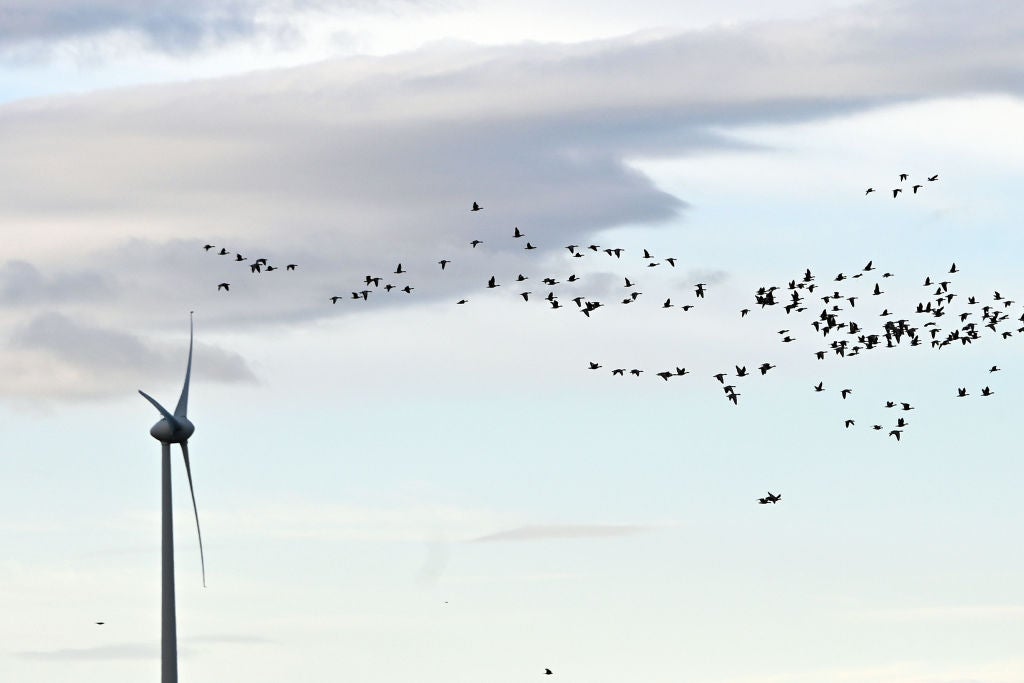Tackling climate change will require a significant scaling up of renewable energy capacity, a feat of investment and construction that will have its own environmental footprint.
A new study by researchers at the University of Southampton and the University of California, Davis, attempts to quantify the current and potential impact of solar and wind farms on sensitive ecosystems.

Plans for massive investment in solar and wind farms have raised concerns among conservationists that the demands of the energy transition could conflict with the demands of nature and biodiversity protection.
The International Energy Agency expects that, by 2026, total wind capacity will increase by half (54%) and solar capacity will double (104%). Solar alone is forecast to account for half of all newly installed power capacity, renewable and non-renewable, over this period.
The expansion is already well under way. Earlier in February, China announced it had added 17 gigawatts (GW) of offshore wind power capacity in 2021 – more than every other country in the world has installed over the past five years.
Destroying the planet to save the world?
Wind and solar farms are typically spread thinly across large portions of land (or sea). The most highly concentrated solar farms, for instance, generate just 10 watts (W) per square metre – compared with up to 1,000W for coal and gas plants.
The chief concern raised by conservationists is that such areas may overlap significantly with nature conservation areas. Solar farms have been associated with damage to local plantlife and soil quality, while wind farms can threaten birds and bats. A 2019 study estimated that onshore wind farms in the US had led to the disappearance of 152,000 birds.
The researchers examined the overlap between conservation areas and existing wind and solar farms, finding that 15% of the installations overlapped with conservation areas.
Overlap was particularly significant in Portugal, where 29% of the total area devoted to solar and wind farms was contained within protected areas, and 9% within key biodiversity areas. Outside Europe, overlap was particularly significant in the US, Brazil and Uzbekistan.
With total solar and wind capacity expected to almost double by 2026, the researchers examined whether the sector’s future expansion is likely to come at the expense of protected areas, mapping out areas likely to be prioritised for conservation and those likely to be suitable for renewable power generation.
They found there was little reason to expect a systematic competition for land use between conservation and renewables – in almost all regions examined, the amount of overlap between future conservation areas and future renewable farms was similar to, or less than, the amount that could be expected at random.
In other words, while the land demands of renewable energy capacity may come into conflict with needs for environmental conservation, simply as a result of the enormous amount of land required for both purposes, there is nothing about conservation areas that makes them particularly good places to build solar or wind farms.
With careful planning and clear regulation, the researchers argue, governments can ensure that any conflict between the twin goals of decarbonisation and nature protection is kept to a minimum – as suggested by the fact that the overlap of current facilities with nature preserves varies so widely between countries.
The researchers conclude by pointing out that, while some amount of conflict may be inevitable, “the likely counterfactual to rapid deployment of renewable energy is not no additional energy infrastructure, but rather myriad energy scenarios, many including fossil fuels”.
The original version of this article appeared in our sister title Investment Monitor.



